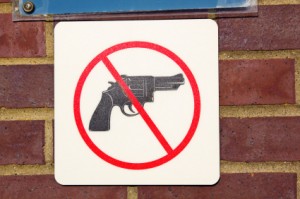By Ross Parker
ticklethewire.com
The Journal of the American Medical Association reported recently about a forty-year study in Australia about the effect on gun-related crime by the 1997 major gun law reform. The study compared the number of mass fatal shooting incidents, rates of fatal shooting incidents, firearm deaths, and firearm-caused suicides for the periods 1979 through 1996 (before the reform) with those of 1997 through 2013 (after the reform).
In 1997, after 13 fatal mass shootings (more than 5 victims) and a high rate of firearm-related fatalities, the federal and state governments in Australia enacted sweeping new gun laws. The triggering event was a massacre in 1996 in which a man used two semi-automatic long guns to kill 35 people and wound 19 others. Rapid-fire long guns were banned as part of the reform, and the guns were subject to a mandatory buy-back program. Over one million firearms were purchased and destroyed.
The conclusions of the study were that the statute greatly reduced mass shootings, as well as the homicide rate from the use of firearms. In the 20 years since the statue Australia has not suffered a single mass firearm killing. Deaths due to firearms plummeted from 3.6 per 100,000 population to 1.3, by a factor of over 3% decline per year. The rate of firearm suicides declined by a factor of 4.8% annually. The study pointed out that part of the rate of decline on these last two categories may have been due to causes other than the gun reform law.
The study was conducted by two professors from the School of Public Health at the University of Sydney and a psychology professor at Macquarie University, both in Sydney, Australia.






